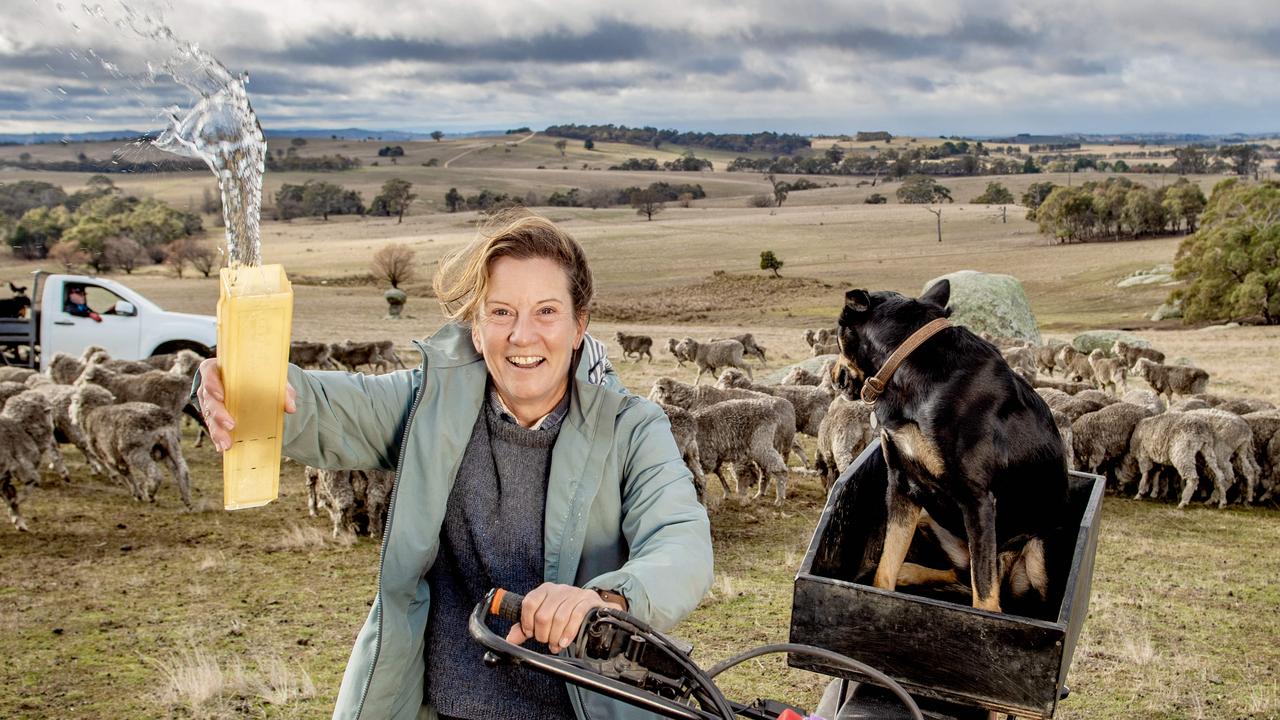Weather: Temperatures cool in Victoria, but staying dry
Large parts of Victoria and southern NSW are in for a reprieve from the recent hot spell, while parts of Western Australia received more than 200mm of rain in 72 hours.
Large parts of Victoria and southern NSW are in for a reprieve from the recent hot spell, but any meaningful rainfall totals don’t appear on any short-term outlooks.
Parched parts of the Sunraysia and East Gippsland could receive between 5mm and 10mm before the weekend following temperatures in the high 30s over the Victorian Labour Day weekend.
It is remaining dry in most areas of Victoria in the foreseeable future with temperatures still about 30C along the Murray and in the mid 20s south of the divide.
It is a different story in Western Australia where falls of more than 200mm in a 72-hour period in the Nullarbor and Goldfields regions led to the closure of the Trans-Australian Railway line and the Eyre Highway.
They could remain shut until the weekend with the big falls ending drought conditions in the area.
Further falls of up to 30mm are forecast for Cocklebiddy on Wednesday.
Bushfires forced the closure of the Eyre Highway last month.

Albury Elders agronomist Desi Toohey said croppers in his area were remaining “pretty optimistic” about the season ahead.
“It’s a case of our summer coming in the autumn,” he said.
“March can be a hot month in southern Australia.
“It has got dry, but it’s a pretty normal occurrence really.
“There is not a heap of value getting a lot of rain at the moment.
“It just means more spraying and weed growth.
“It won’t hurt to be honest, we’ve got a stack of moisture down underneath from all that early summer rain.
“Growers are still pretty optimistic really.
“They’re still talking a better than average season outlook as opposed to predicting an El Nino before harvest last year.”
Last week, the Bureau of Meteorology released its long-range autumn forecast that revealed there was a 60 to 75 per cent chance of below median rainfall for most of Victoria, excluding East Gippsland, where there was “roughly equal chance” of above or below median rainfall.
“It is important to understand that weather forecasts, especially long-range ones, are probabilistic in nature and always carry a certain degree of uncertainty,” a BOM spokesman said.




